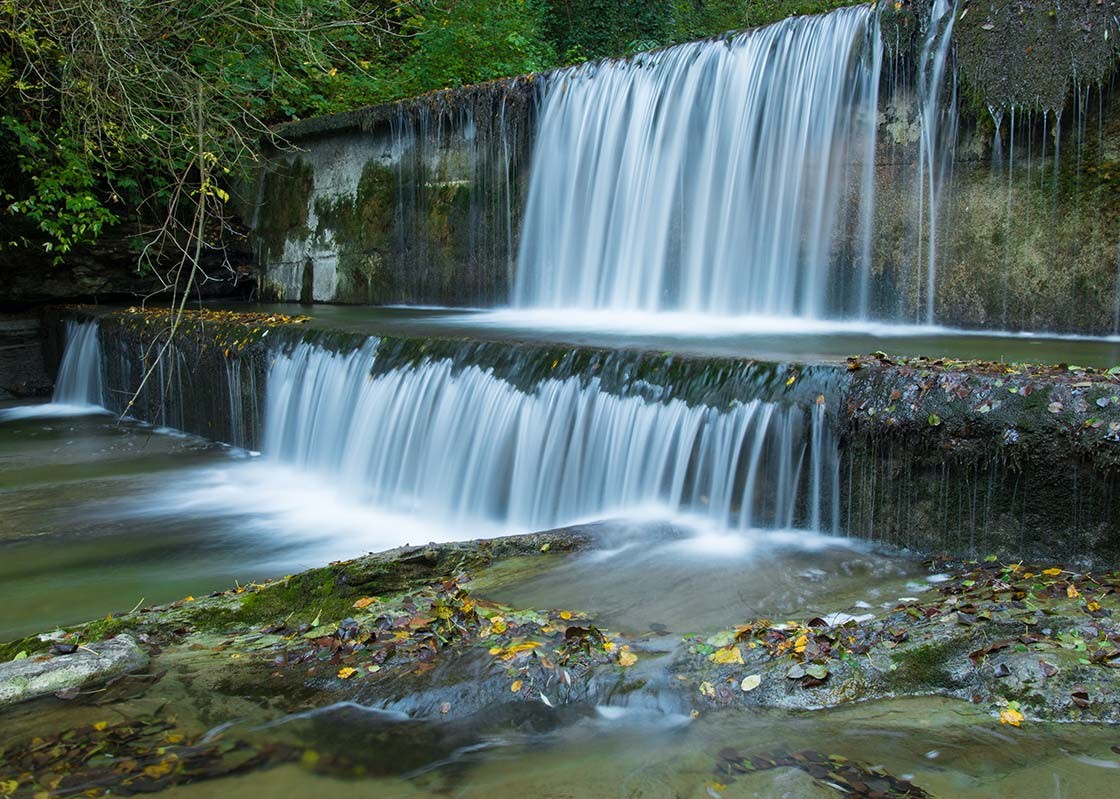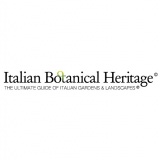
 Italian Botanical Heritage
Italian Botanical Heritage
Italian gardens: National Park of the Casentino Forests
- WTI Magazine #126 Apr 18, 2020
-

 Italian Botanical Heritage
Italian Botanical Heritage
The National Park of the Casentino Forests, Monte Falterona and Campigna was established in 1993, on a vast territory between Emilia Romagna and Tuscany. The Emilia Romagna side is characterized by narrow, sunken valleys, with rocky slopes and sometimes thickly wooded, while the Tuscan side, with its limestone cliffs, is characterized by a landscape with wide rounded slopes interrupted by gully erosion.
Inside the Park there are two places of religious importance: the Sanctuary of La Verna, a Franciscan sanctuary perched on the steep southern wall of Mount Penna, and the Monastery of Camaldoli, which houses some paintings by Vasari in its church.
The flora present in the park consists of about 1357 species. The high phytodiversity is due to the fact that the territory is in a geographical position between two very different floristic contingents, one of northern type and the other of southern type. Eighty percent of the park is covered by forests: beech, fir and other broad-leaved trees such as the main ash (Fraxinus excelsior), maple (Acer platanoides, Acer pseudoplatanus), wild linden (Tilia platyphyllos), mountain elm (Ulmus glabra). The hilly and low mountain range is home to deciduous oaks (Quercus cerris and Quercus pubescens), chestnut trees (Castanea sativa), black and white hornbeams (Carpinus betulus and Ostrya carpinifolia).
Among the shrubs are: at higher altitudes, blueberry (Vaccinium myrtillus) and heather (Calluna vulgaris), scotch Broom (Cytisus scoparius) and aquiline fern (Pteridium aquilinum); at lower altitudes, blackthorn (Prunus spinosa), hawthorn (Crataegus monogyna), wild rose (Rosa canina), common juniper (Juniperus communis), dogwood (Cornus sanguinea).
The rocky areas host a very rich vegetation, remnants of subalpine vegetation of colder periods, in which these species were much more widespread: the narcissus-flowered Anemone (Anemone narcissiflora), the Saxifraga with opposite leaves (Saxifraga oppositifolia), the Vernal Gentian (Gentiana verna) and the Viola eugeniae, symbol of Italian flora and characteristic of the Apennine massifs of central Italy.
The fauna of the Park is characterized by the most important wolf population of the northern Apennines, whose presence has been favored by the consistent presence of five species of ungulates: wild boar, roe deer, fallow deer, deer and mouflon. Very common is the presence of fox, hare, European mole and blind mole, red squirrel, porcupine and hedgehog. Among the Mustelids, badger, weasel, marten and skunk.